Employees across all levels need a comprehensive understanding of gender equality and what purpose it serves their organization.
The critical function of capacity building and awareness-raising is designed to ensure that employees – across all levels – have a comprehensive understanding of gender equality and what purpose it serves their organization. Creating awareness throughout the organization about what gender inequality looks like, as well as bias, stereotyping, and discrimination, will provide employees with a baseline understanding of their organization’s approach to gender equality and its importance to overall business operations and success. Awareness and capacity building can be achieved, in part, by organization-wide training and educational programs which provide employees with a safe space to learn and create a shared language when discussing gender equality.
Success Factors for Capacity Building and Awareness-Raising
- Implementing initiatives to raise awareness throughout all levels of the organization is the first step towards addressing gender equality in the workplace. Make sure to include content on intersectionality to move beyond gender as a singular category. Awareness raising should be followed by training in order to address any resistance, reinforce commitment, and target specific issues such as microaggressions.
- Ensuring that training programs are complemented by formal changes in the organizational systems is critical. Training cannot completely eliminate bias or inequalities within the organization; strategies and policies are needed for a comprehensive and sustainable solution.
- Focus on quality over quantity to prevent diversity fatigue. Providing all employees with broad understanding and awareness is helpful, but targeting the specific needs of the organization by developing internal resources that speak directly to your organization will improve results.
- Acknowledge in a transparent manner if there is work left to be done related to capacity building and awareness-raising and regularly communicate the measures that are being taken to bridge any gaps. Transparency in carrying out these measures helps keep leadership accountable and employees aware of progress.
- Engage everyone in the organization and make sure to bring men to the table by demonstrating gender equality’s benefits and relevance to their personal and professional lives. Discussions that address men’s needs include lessening the burden of individual responsibility, improving work-life balance, supporting vulnerability and trust, and the lack of role models for acceptable behaviours. These topics are not exclusive to men; all genders may benefit from addressing them.
Good Practices in the Private Sector
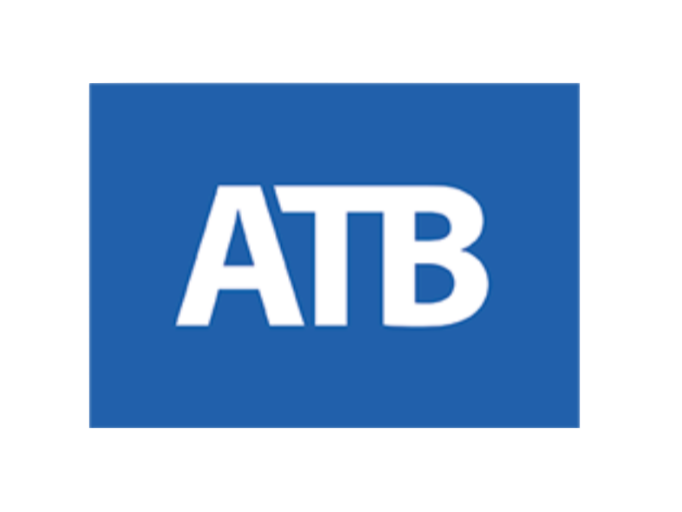
In 2020, over the course of one week, Ellevate, ATB’s gender equity ERG, engaged C-Suite male executives, including ATB CEO, Curtis Stange, in a series of awareness-building initiatives across the company. Ellevate gathered and anonymously shared stories from women and male allies on the lived experiences of women at ATB. These stories were presented in a live recorded video segment to the CEO and two other C-Suite executives and their reactions were broadcast transparently to the entire organization. They spoke to areas of strength where ATB is making progress and areas where more work needs to be done to further inclusive workplace practices. Several C-Suite executives also publicly made a pledge to be an active ally in the work against gender discrimination. Finally, a live stream Q&A session was held with ATB’s CEO and C-suite executives, enabling team members from across the enterprise to ask questions related to ATB’s advancement of women in the workplace. 1,093 team members tuned in to the live session with several hundreds more watching the recordings. Overall, these engagements helped to: solidify leadership commitment and male allyship, create psychologically safe spaces for team members to share lived experiences and develop greater enterprise-wide awareness, through data.
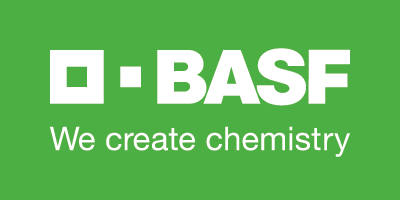
BASF has a global and regional network of Employee Resource Groups (ERGs) that help to create awareness about diversity issues and bring together employees. The Women in Business network provides gender equality training for women and men and seeks to facilitate company-wide conversations about inclusion, diversity, and gender in order to improve the recruitment and career development of women. To help BASF attract, develop, promote, and retain women, the Women in Business ERG network hosts a number of events and educational speaker sessions that highlight issues relevant to women’s lives.
Recommendations for Capacity Building and Awareness-Raising
- Conduct an assessment to determine the needs of employees and the organization prior to designing training programs or selecting an educator or consultant.
- Establish an evaluation framework to measure participation, completion, and short- and long-term outcomes of all capacity building and awareness raising programs.
- Regularly communicate key messages related to gender equality to keep building capacity moving forward. During company consultations, it was noted that communication referencing organization-wide surveys that involved employee participation could be especially effective.
- Consider incorporating employee recognition and rewards programs to encourage and create awareness about inclusive practices and behaviours (e.g. words of recognition, annual achievements event, profiles in newsletters or intranet messages).
- Employ a long-term approach with short-term checks and balances so that your organization can be proactive amid changing demographics and workplace trends when building capacity and raising awareness about diversity and gender equality.
- Promote individual and organizational awareness to identify barriers and gender-based biases. Encourage men to be attentive and speak up if they notice gender-based assumptions being made about their colleagues, and promote their participation in external initiatives such as Catalyst’s Men Advocating Real Change (MARC).
- Be open when discussing with people their knowledge and perception of gender equality – do not dismiss different points of view.
Good Practices in the Private Sector
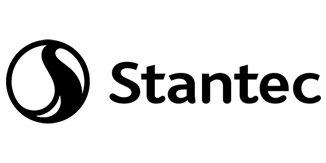
Over 1300 employees have participated in the Stantec Unconscious Bias training in more than 70 of Stantec’s office locations around the world. The training program aims to generate awareness about the types of bias that exists in the workplace and how it can be a barrier to the inclusion and acceptance of all employees. Led by trained internal employee facilitators, the training includes a 30-minute online course and a two-hour-in-person workshop. Employees are encouraged to talk about pathways to inclusion, learn about how perceptions of others are formed, and discuss the negative impacts of entrenched bias in the workplace.

The IKEA Diversity & Inclusion programs include workshops for managers and co-workers, six interactive modules for all co-workers to raise awareness of diversity and inclusion, and a specific module on unconscious bias as part of the IKEA Leadership Fundamentals program.
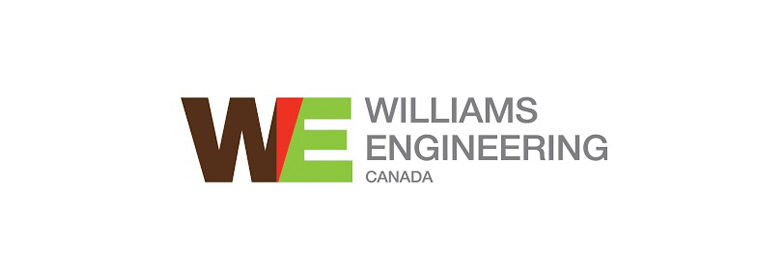
Williams Engineering began its gender equality journey by holding a focus group to learn and gain insight from employees and brainstorm next steps. The focus group was kept small (10 people) to allow for meaningful discussion, but included representation from a variety of different roles, departments, locations, and hierarchical levels. An important finding of the focus group was that a Diversity and Inclusion Committee with eight to ten members and explicit leadership support could make a difference. Plans for the committee include developing a business case for gender equality, overseeing new training initiatives, and creating a communication strategy to spread awareness about gender equality and diversity throughout the company.
Assess Your Organization’s Capacity Building and Awareness-Raising
- Does your organization offer awareness-raising programs for gender equality (e.g. resources and information; workshops, speakers, in-person events; programming from expert organizations)?
- Does your organization offer formal capacity building programs for gender equality (e.g. training related to emotional intelligence, conscious and unconscious bias, gender stereotypes)?
- Has your organization created and shared resources with gender equality information specific to the organization (e.g. benefits of gender equality, action items, progress, outcomes)?
- Has your organization implemented programs that specifically engage men to ensure their awareness and capacity to support gender equality (e.g. Catalyst’s MARC Leaders programming)?
- How does your organization ensure that its capacity building and/or awareness-raising programs respond to the needs of all employees?
- Does your organization evaluate the outcomes from capacity building and/or awareness-raising programs?
- Has your organization incorporated employee recognition and rewards to encourage and create awareness about inclusive practices and behaviours?
- How does your organization ensure that all managers and/or team leaders are aware and have the capacity to support gender equality efforts within their teams?
- How does your organization ensure that leadership (i.e. Board of Directors, CEO, senior leadership, senior management) gain an understanding of what gender equality should look like in the workplace?

